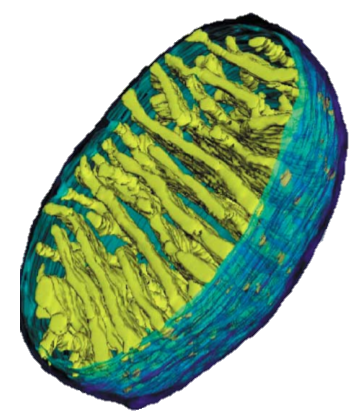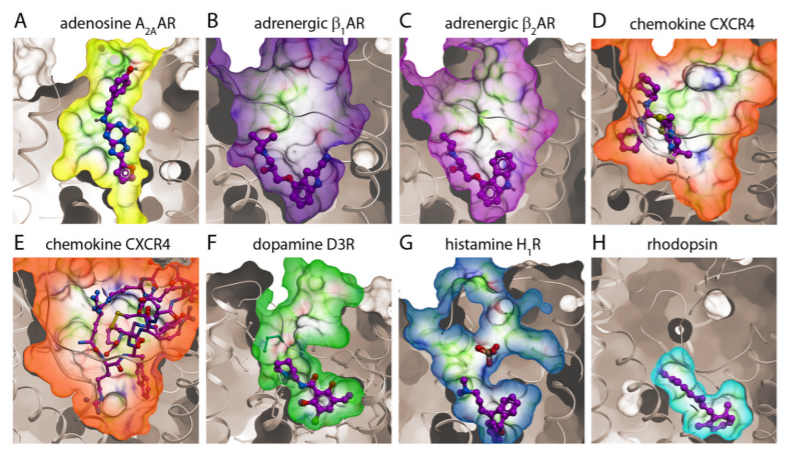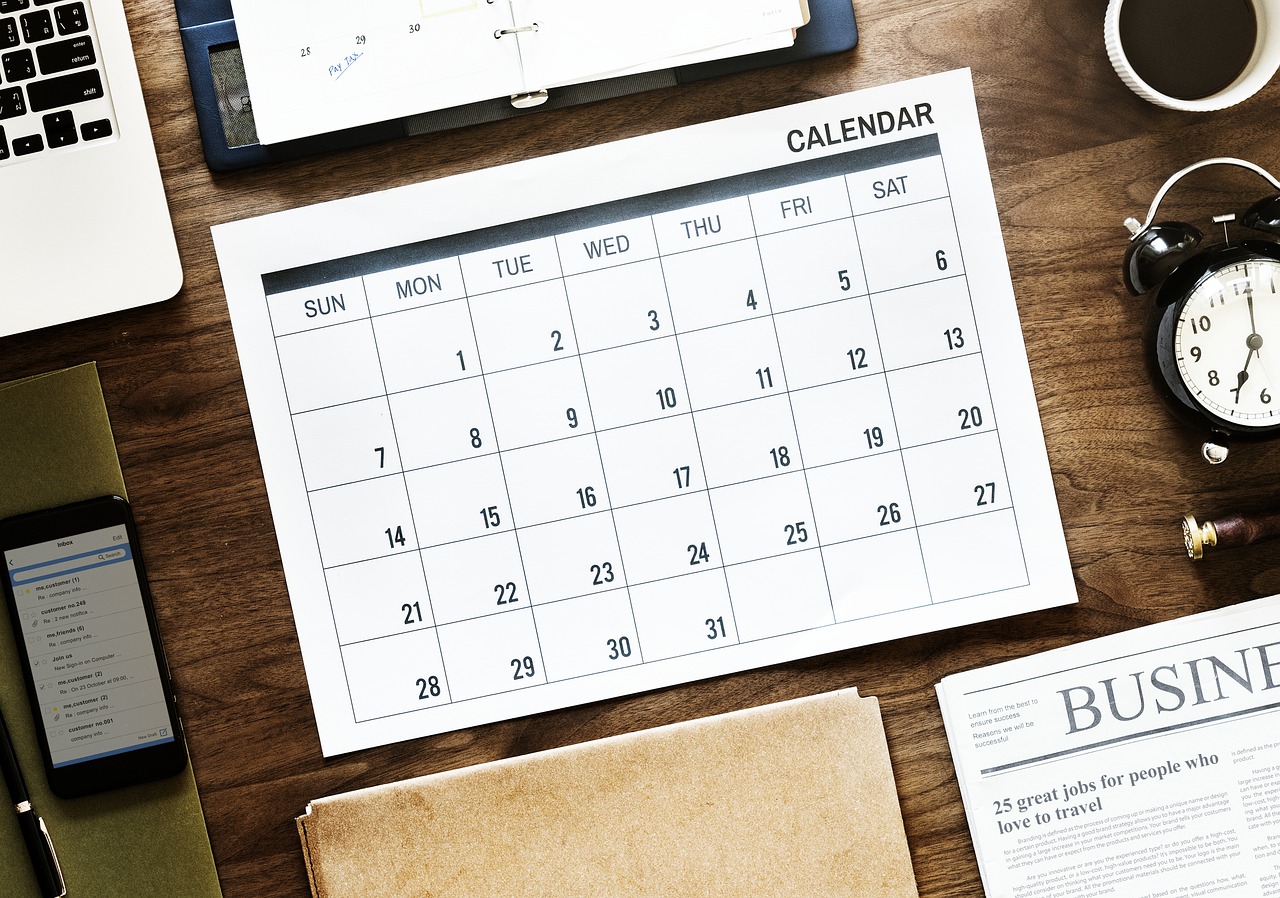
What do archaeology and structural biochemistry have in common? Biomembranes course review
The second semester of the first year of the Joint Master’s Programme in Molecular Techniques in Life Science (MTLS) is continuing at the Frescati Campus of Stockholm University. After the Bioinformatics course that we took in the beginning of the semester, this last month we changed fields to biochemistry and structural biology to focus on how biological membranes and membrane proteins work.

Views on an early March morning on my way to the library to prepare for the Biomembranes exam.
Course overview
For the Structure and Dynamics of Biological Membranes course (from now on abbreviated to Biomembranes), we had to work for one month full-time. During these weeks we increased our knowledge in the structure and function of biological membranes and membrane proteins. We had several lecturers, including incredible researchers in the biomembranes field such as Gunnar Von Heijne and Jens Carlsson. Basically, every lecture had a different topic but there was a very good flow from the basic, physicochemical properties of cellular membranes to the structure and mechanism of action of transporters and GPCRs.
During these four weeks we had a three-hour long lecture in the morning, and free afternoons to review the materials we had covered in the morning. The course (compared to the previous one in Bioinformatics) has a slower tempo and more than enough time to study. The topics of the lectures could be divided in three blocks: biomembranes, bioenergetics and membrane proteins.
Lectures in Biomembranes
During the first lectures of the course we focused on the structure, composition and properties of biological membranes. Even though the first lecture was more of a review than adding new material, the following lecture about protein – lipid interactions was fascinating to me. I don’t have a strong interest in structural biochemistry or biophysics, but I must say that this lecture given by Erik Lindahl really caught my attention from the beginning: I didn’t know that lipids play so many roles in the control of membrane protein function!
Following these, we had some lectures about membrane protein biotechnology and membrane protein synthesis. It is very interesting how, during the years, different research groups have come with creative solutions to purify and study the synthesis of membrane proteins, being it such an important question but at the same time very difficult to study.

Simulation by Arnarez et al. showing how cardiolipin (red and orange) and the Cytochrome c oxidase (green) interact.
Lectures in Bioenergetics
The next block of the course focused on bioenergetics, and because it couldn’t have been other way, we covered the OXPHOS reactions, mitochondrial membrane protein synthesis and how the photosynthesis takes place in the chloroplast. These classes were a review of the bachelor’s for those students with background in biochemistry, biotechnology and biology.

3D reconstruction of a mitochondria using tomography. Modified from Frey et al.
Membrane proteins: G-protein coupled receptors, channels and transporters
To finish the course, we had some lectures about GPCR structure and function in which we covered all the structural changes by which GPCRs bind their ligands and activate their downstream effectors. We also had a guest lecture by Jens Carlsson in which he explained how his team uses computational approaches for discovering new drugs targeting GPCRs – the biggest membrane protein family in humans!
The last lectures of the course focused on ion channels and transporters. It was specially interesting to me to understand how different channels discriminate between different ion types, and to understand how membrane transporters work like tiny machines to move molecules across a membrane.

We learned how different GPCRs recognize different ligands. Figure by Katritch et al.
My advice for future students
Don’t let the calmed tempo of the course trick you! Although there is plenty of time to study after class and many free self-study days, we cover a lot of material during this course that has to be studied of the final exam. It isn’t difficult or too much if it’s done every day in a small dose, but it can be a bit overwhelming if everything is studied the two days before the exam.

Manage your time to get an A on this course!
Also, to pass this course we had to write a 1,500 words-long review about one topic related to biological membranes. This assignment wasn’t graded but had to be handed-in before the exam. I’d also suggest to start writing the review as soon as you know your topic to divide the work and avoid being over-stressed just before the deadline.
My favourite part of the course

Can you guess how the NapA transporter works? Source: PDB.
What I enjoyed most of the course was the object-directed learning seminar. During this seminar we did exactly what archaeologists do when they find an object in a archaeological dig: try to guess and understand how an object (in this case a membrane transporter) works just by analyzing its structure. I don’t have any experience in this field, so this was a very new challenge for me. After being assigned a protein structure, we had to discuss our ideas and opinions in teams and afterwards we had to present our hypothesis to the rest of the class. I’d like to say we succeeded at this, but sadly that didn’t happen (at all!) I discovered that is very, very hard to make informed guesses about a protein function just by looking at its shape, but it was also fun to hear everyone’s ideas and imagine how it could transport substrates across a membrane.
For any questions about the MTLS Programme feel free to email me 🙂
/Inés
Email: ines.rivero.garcia@stud.ki.se
LinkedIn: Inés Rivero García

0 comments